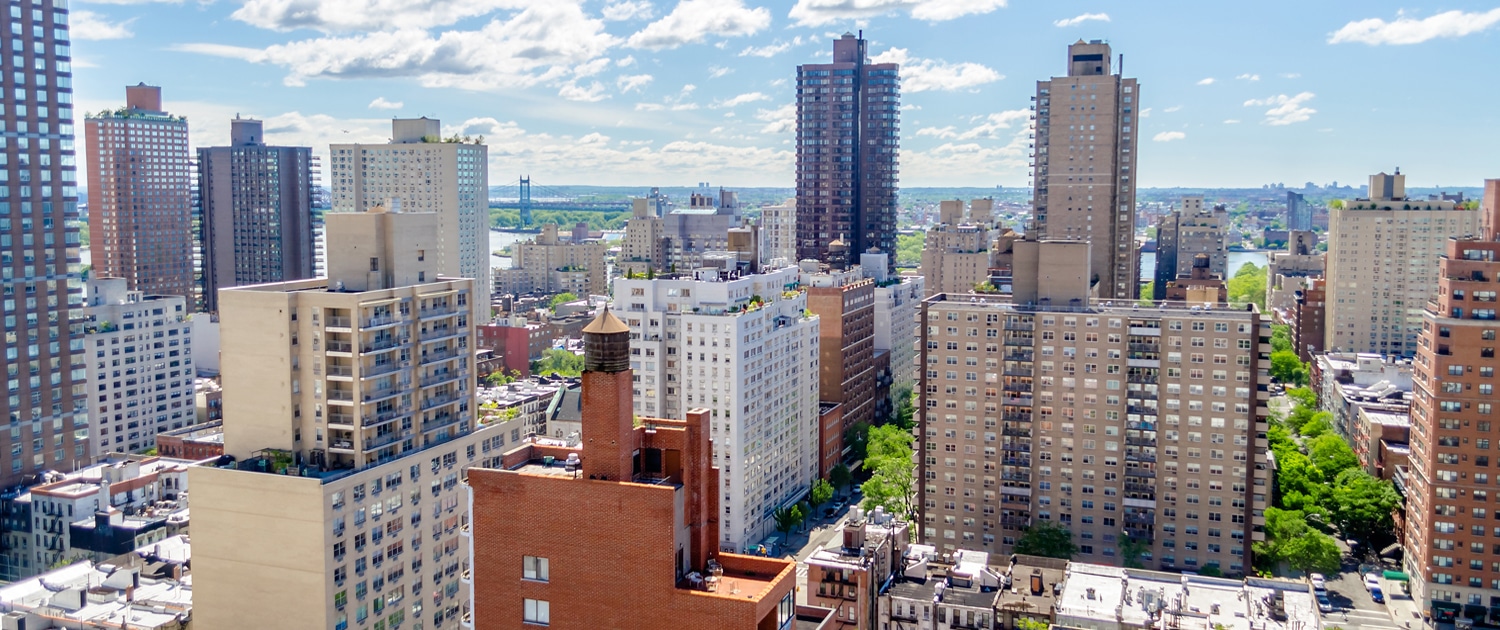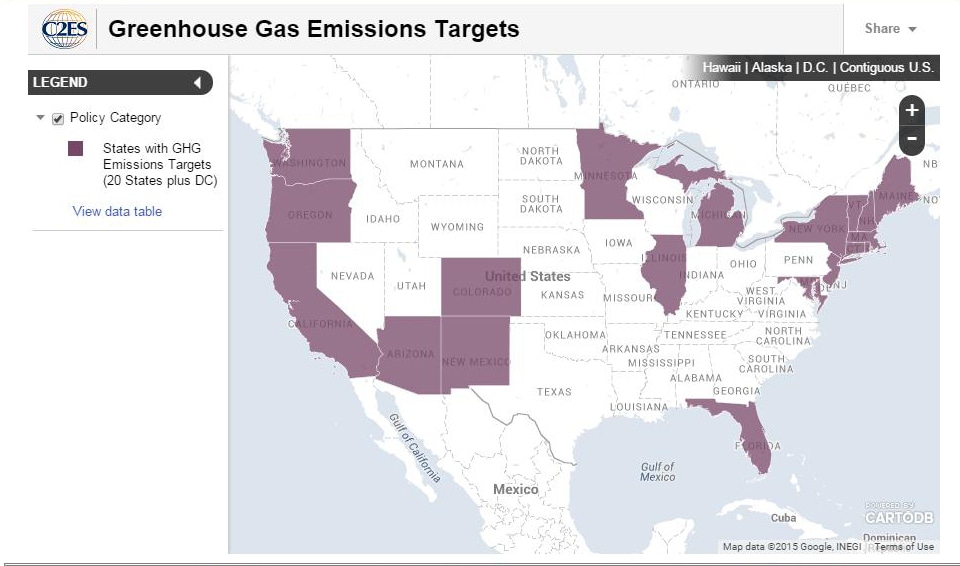
On April 18th, Introduction 1253-2018 was approved by the New York City Council along with several other major pieces of legislation as part of a Climate Mobilization Act. The Urban Green Council describes it as “arguably the most disruptive in our lifetime of the NYC real estate industry.” We agree. While it will take some time to more precisely gauge impact across the industry, here is an initial primer.
Update: On May 18th Intro 1253 was passed into law as Local Law 97 of 2019.
Context
Previous building energy legislation in NYC has focused primarily on providing the market with access to information in the form of benchmarking and audits. In response to increasing demands for more urgent climate action, this new local law will actually require energy performance levels – and significant retrofits in some cases – in most existing buildings over 25,000 square feet between now and 2030 and deeper reductions beyond 2030.
How Does Local Law 97 Work?
The law establishes targets for carbon-emissions intensity per square foot for buildings based on occupancy class. For instance, multifamily buildings, office buildings, schools, and storage facilities will have different intensity targets. Mixed-use buildings will have their targets set based on a weighted average of their different spaces. Across all segments, these targets will get ratcheted down over time. Building on the type of data submitted as part of annual benchmarking, all tenant and owner energy used at a particular building will be converted to carbon intensity per square foot.
Starting in 2024, buildings will be fined on an annual basis for carbon footprint that exceeds their targets. Based on their performance today, approximately 20% of buildings exceed the 2024 – 2029 targets while approximately 75% of buildings exceed the 2030 – 2034 targets, according to the City Council’s press release. As an alternative to this performance-based framework, rent regulated multifamily buildings with at least one rent stabilized apartment will be required to implement a prescriptive list of upgrades by 2024. These upgrades include indoor temperature sensors providing feedback to boilers and apartment thermostatic controls.
What Will It Mean to the Market?
(more…)



